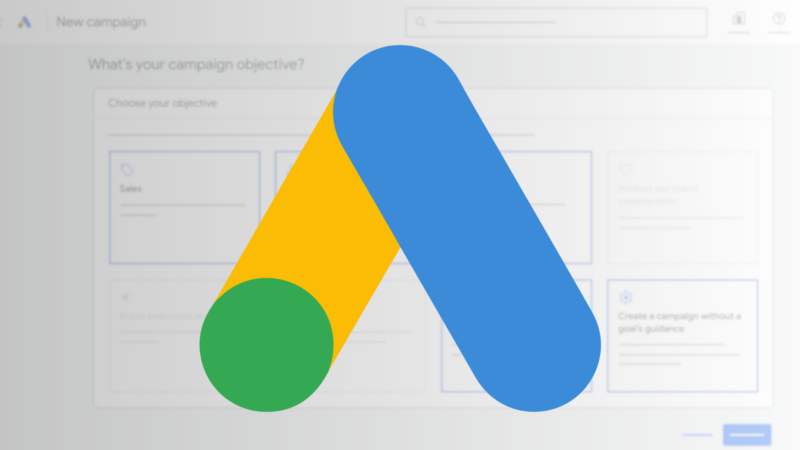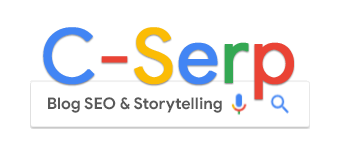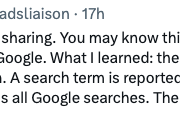Google Ads hidden search terms cost advertisers – big time

A new independent analysis of over $20 million in Google Ads spend reveals that “hidden” search terms (i.e., queries not disclosed to advertisers) are responsible for massive inefficiencies, siphoning up to 85 cents of value from every ad dollar.
Why we care. Advertisers have long suspected that Google’s opaque handling of low-volume search queries hurts performance. Now, data from nearly 14 million clicks across 933 campaigns shows just how much: higher costs, lower click-throughs, and weak ROI – all from invisible traffic they can’t optimize.
By the numbers
- $0.85 wasted per $1 spent due to hidden terms.
- 52% higher CPCs on hidden queries.
- 44% lower CTRs on hidden queries.
- Minimal performance delta between visible and hidden non-brand traffic, but brand terms underperform dramatically when hidden.
What they’re saying. “I’m firmly in the camp that this isn’t about privacy – it’s about monetizing low-quality inventory,” wrote Collin Slattery on X, founder of Taikun Digital and the analyst behind the study.
Google Ads Liaison Ginny Marvin responded: “Search terms are only reported when they meet sufficient search volume across all Google searches… The threshold increase was solely privacy-driven.”

She also emphasized Google’s work on “privacy-safe” tools like aggregated misspelling insights and the Search Terms Insights report, while acknowledging advertiser frustration: “We’ll continue to seek ways to improve visibility in privacy-safe ways.”
Push back. Slattery pushed back, questioning why hidden queries, which are supposedly excluded for privacy due to low volume, perform so poorly despite having a similar structure (e.g. same number of words) to visible queries. “The delta in ROI shouldn’t be this massive if it’s just about volume.”
Bottom line. Google says it’s balancing advertiser visibility with user privacy. But this data suggests that what’s being hidden isn’t just sparse – it’s low quality. Until transparency improves, advertisers may be footing the bill for inventory they can’t see or control.
See the full conversation here.



